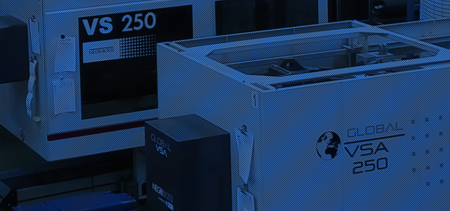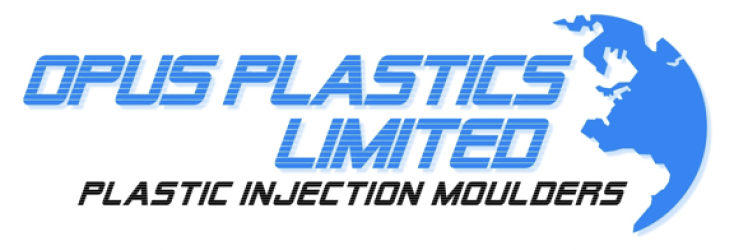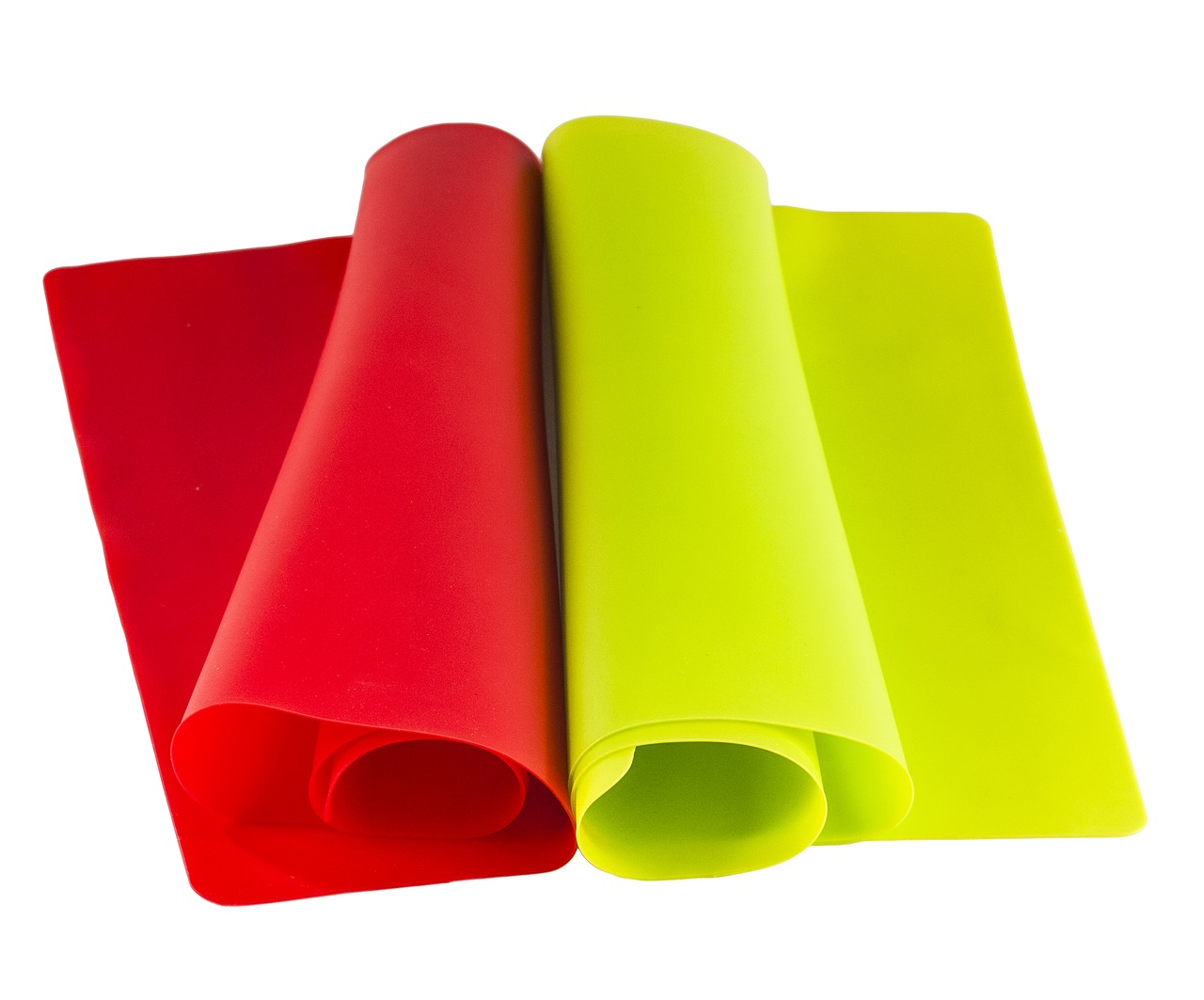Thermosetting plastics are one of the most common kinds of plastics used in businesses and manufacturers today. Tens of billions of dollars are spent every year buying thermoset parts and products, but few people even know what it means to be purchasing a thermoset product. In this article, we explore precisely what a thermoset is, and why businesses benefit from using parts made from this valuable material.
What are Thermosets?
Thermosetting plastics, also known as thermosets, are essentially synthetic resins that do not melt. Thermoplastics, as we discussed in our guide to thermoplastics, are ones that can be heated, made fluid, and cooled through thermoplastic freezing over and over to form our desired shapes. By contrast, thermosets remain a solid shape even when exposed to scorching temperatures and degrade before they reach melting point.
A thermoplastic behaves like a carrier bag on a wood fire: the bag melts from the heat into a liquid-like viscous substance. A thermoset, by contrast, is like a frying pan handle – it will retain its shape and eventually produce smoke (i.e. degrade) if the heat gets too much.
The difference between the two types of plastics comes down to their chemical structure. Thermoplastics are linear polymers that, when solid, are either semi-crystalline (e.g. polyethylene) or amorphous glass (e.g. atactic polystyrene). As thermoplastics are connected linearly, their bonds are weaker and easier to break: when heated enough, the activity of the polymer becomes so intense their chains become free to move and flow. Thermosets are cross-linked polymers by contrast, which means that, unless the covalent bonds between the atoms break, the chain does not become free and the plastic does not become fluid. A small number of thermosets dissolve when heated, while the rest swells in an affine solvent that prevents melting.
What Plastics are Thermosets?
Silicone
Silicone, also known as polysiloxanes, is one of the most common types of thermoset plastics. It is used to create a wide range of products, most notably silicone oil, silicone cooking utensils, electronics and for implants.
Silicone is popular because of its high resistance to temperature, sunlight, ageing, and moisture. Silicone’s resistance to heat and sun makes it popular as an oil and for cooking utensils, while its hydrophobic qualities and its resistance to ageing make it useful for electronics and body implants, particularly breast implants and eye surgery.
Vulcanised Rubber
Rubber that has been hardened through vulcanisation, a process named after the Roman God of Fire, forms cross-links in natural rubber polymers to create a thermoset plastic. While vulcanisation can also occur with polychloroprene rubber (CR rubber) or with room-temperature silicone, vulcanisation is most often done with naturally collected rubber and sulphur.
Vulcanised rubber is commonly used for bowling balls, hoses, shoe soles, tires and erasers. When vulcanised, the rubber becomes more able to stand up to stress and damage without permanently transforming but retains the elasticity that makes rubber a useful material in the first place.
Bakelite
Polyoxybenzylmethylenglycolanhydride, or the much more easily pronounced Bakelite, was the first plastic ever made from synthetic components in 1907. Named after the chemist who discovered it, Leo Baekeland, was the star of the first ever issue of Plastics Magazine in 1925 and was designated a national historic chemical landmark in 1993 by the American Chemical Society.
Bakelite’s electrical nonconductivity and heat-resistant properties made it applicable in almost every industry, and it eventually gained the moniker ‘The Material of a Thousand Uses’. Bakelite was used for decades in electrical insulators, radio parts, kitchenware, ICBM warheads, phonograph records, jewellery, pipe stems, children’s toys, and firearms. However, in the post-war period, more synthetic thermosets and plastics were discovered, and Bakelite became less popular. Today, Bakelite products are most popular as a collectable novelty.
Polyurethane
Polyurethane (PU), most commonly used to make foam sponges, are thermosetting plastics usually derived from naturally occurring carbamic acid (though some thermoplastic polyurethanes exist).
Polyurethane is commonly used in construction, furniture, and the upholstering markets. However, as it is formed from organic acids, it is flammable and toxic when burned, releasing carbon monoxide, hydrogen cyanide and other chemicals. As such, there are many regulations in place to help reduce fire risk related to the material.
Despite the risks, there is a considerable number of uses for PU. More than twelve million tons of PU are used every year, and the PU industry is worth almost £40 billion a year.
Why Are Thermosets Useful?
The critical distinction between thermosets and thermoplastics is that while thermoplastics become viscous when heated, thermosets retain their shape. As such, thermoset plastics are commonly used in materials that are expected to experience a lot of chemical or heat stress over the product’s life span.
Thermoset injection moulding is one common use of the material. Traditionally compression moulding was more popular, but plastic injection has proven to be a more economical means of producing thermoset plastic parts, especially in large volumes. Rather than through thermoplastic freezing molten plastic in a cold mould, thermoset injection moulding involves setting liquid synthetic resins in a hot mould and crosslinking the polymer. Typically, thermoset plastics are then processed with fillers to reinforce the synthetic resin and minimise shrinking during this process. Once crosslinked (or cured), the thermoset plastic cannot be reshaped.
Extrusion moulding is also typical for thermosets. Extrusion is used for producing intermediate products like profiles, boards and sheets. For thermosets, piston extruders are typically the most suitable, although screw extruders are also standard. Resins are kneaded and plasticised by friction through a feed hopper and heated to create the thermoset, before being fed through an opened mould to create each part.
Because the objects made from thermosets are heat-resistant, thermoset parts are commonly used in parts of a machine expected to grow hot, including tyres, weapon parts, coal plants and more. Some, like silicone, are also widely used in electrical circuits thanks to their resistance to heat. If your business requires incredibly reliable plastic parts in its operation, then a thermoset plastic might be the right option for you.
We hope this guide has helped you understand the strengths of thermosets. If you want more information about how thermosetting plastic can help your business, please get in touch with us via email at info@opusplastics.com or call us at 01395 239351, and our team of experts will be happy to assist you with your needs.




